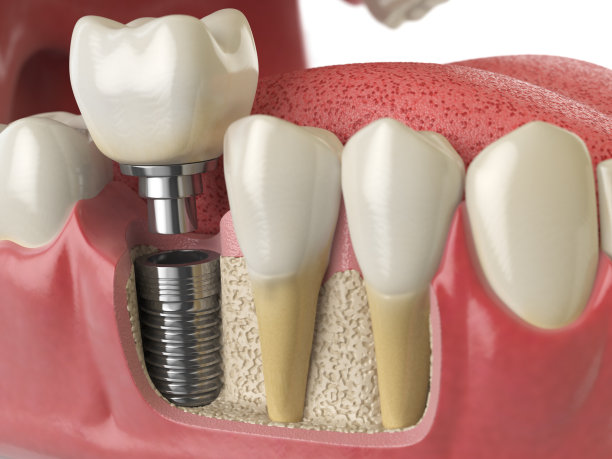The Importance of Proper Tooth Extraction Techniques for Optimal Dental Health and Recovery
Summary: Proper tooth extraction techniques are crucial for maintaining optimal dental health and facilitating a smooth recovery process. This article delves into the significance of employing appropriate methods during tooth extraction, highlighting the physical, emotional, and procedural aspects involved. By understanding the intricacies of proper extraction techniques, patients can better appreciate the importance of professional dental care. We will explore the impact of these techniques on minimizing complications, enhancing healing, alleviating anxiety, and ensuring effective follow-up care.
1. Minimizing Complications During Tooth Extractions

Tooth extractions can lead to various complications if not performed correctly. Professional dentists utilize advanced techniques to ensure that the extraction process is as safe and effective as possible. By following standard protocols, dentists can greatly reduce the risk of damage to surrounding teeth and tissues.
Complications like dry socket or infections can significantly prolong recovery periods. Dry socket occurs when a blood clot fails to form properly in the extraction site, exposing the bone to air and food. Proper extraction techniques help mitigate these risks, allowing for a more straightforward and quicker healing process.
Moreover, minimizing complications during tooth extractions contributes to optimal dental health. A healthy mouth promotes better overall well-being, as poor dental conditions can lead to other systemic health issues. This means that proper extraction techniques have far-reaching implications for patient health.
2. Enhancing the Healing Process Post-Extraction
Effective tooth extraction techniques play a pivotal role in enhancing the healing process post-extraction. When the extraction is performed with precision, the surrounding tissue is less likely to suffer trauma, which allows for faster recovery times. Patients often experience less pain and swelling when the procedure is conducted with care.
The immediate application of gauze and the promotion of a stable blood clot can significantly impact healing. By using appropriate methods, dentists ensure that patients experience minimal disruption during the crucial initial healing phase. This proactive approach aids in tissue regeneration and restoration.
Additionally, proper extraction techniques also involve thorough cleaning and preparation of the extraction site, which can help prevent infections. By ensuring that the site is well cared for, dentists enhance the bodys natural healing mechanisms, resulting in quicker recovery and less discomfort for the patient.
3. Alleviating Patient Anxiety Through Professional Care
Dental anxiety is a common concern among patients, particularly when facing tooth extractions. The use of proper extraction techniques can significantly alleviate this anxiety. Patients are more likely to feel at ease when they know that their dentist is skilled and experienced in utilizing the latest techniques.
Furthermore, a professional dentist provides clear communication before the procedure, explaining what to expect. This transparency can significantly reduce fear and apprehension, enabling patients to approach their treatment with confidence. Trust in the professionals abilities fosters a calmer mindset for the patient.
The environment in which an extraction is performed also influences anxiety levels. A well-organized, fully equipped dental office that emphasizes hygiene and patient care promotes a sense of security. Knowing their well-being is prioritized helps patients relax, making the procedure less stressful for everyone involved.
4. Importance of Follow-Up Care After Extraction
Proper tooth extraction techniques extend beyond the actual removal of the tooth; they also encompass comprehensive follow-up care. Dentists who focus on efficient extraction methods often provide detailed aftercare instructions to their patients. This is critical for ensuring a smooth recovery process.
Patients are usually instructed on pain management, dietary restrictions, and signs of potential complications to watch for. By adhering to these guidelines, patients can actively participate in their recovery, which is essential for optimal healing and dental health.
Regular follow-up appointments allow dental professionals to monitor the healing process effectively. By checking the extraction site and addressing any concerns that arise, professionals can intervene early, preventing minor issues from escalating into significant health problems.
Summary:
To summarize, the importance of proper tooth extraction techniques cannot be overstated. Such techniques minimize complications, enhance healing, alleviate patient anxiety, and ensure thorough follow-up care. By understanding and investing in these practices, patients can contribute to their oral health and overall well-being. Ultimately, a well-conducted tooth extraction lays the foundation for a healthier mouth and a happier patient experience.
This article is compiled by Vickong Dental and the content is for reference only.



